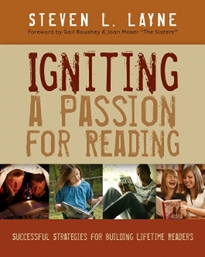This was the thoughtful question Solution Tree posed to me (Meg) when I inquired about their new book Making Sense of Mathematics for Teaching Grades K-2. I admit, I understood their confusion. Why would a middle school teacher be looking for a book on teaching kindergarten through second grade? However, what they did not know was that this was my last year teaching middle school...for now, anyways. I am taking a leap to move into an administrative role next school year, and as such, it is critical I continue learning as a part of my eternal quest to become a well-rounded educator. Although I will be an assistant principal in a 5-8 grade middle school, I will be facilitating professional development for the K-8 grade math teachers in the district, hence my interest in learning more about early elementary mathematics.

The biggest strength of Making Sense of Mathematics for Teaching Grades K-2 is that it is anchored in research on best practices in mathematics teaching and learning. The introduction establishes the need for teachers to facilitate a classroom where students engage in rich mathematical tasks to "empower students to develop a deep understanding of mathematics." The eight Standards for Mathematical Practice must play a central role in these math classrooms, as does the teacher's ability to utilize a task-questioning-evidence (TQE) approach to planning meaningful instruction.
The book is broken down into chapters which focus on the various mathematical concepts covered in grades K-2:
- Number Concepts and Place Value
- Word Problem Structures
- Addition and Subtraction Using Counting Strategies
- Addition and Subtraction Using Grouping Strategies
- Geometry
- Measurement
Each chapter provides a vertical look at the topics as they progress from kindergarten through second grade, as well as a glimpse ahead to understand how the topics connect with future progressions in third grade and beyond. There are frequent pauses in the writing as the reader is instructed to try some of the thought-provoking mathematics tasks via "do now" exercises. The accompanying videos available via a QR code/URL provide a first hand look into a mathematics classroom so the reader can truly understand what these rich mathematics tasks and conversations look and sound like.
Although the content itself is specific to grades K-2, the approach to teaching mathematics is transferrable to all grade levels. I am looking forward to using some of the exercises from this book with my elementary math teachers this summer, as well as checking out the books for grades 3-5 and 6-8!


















